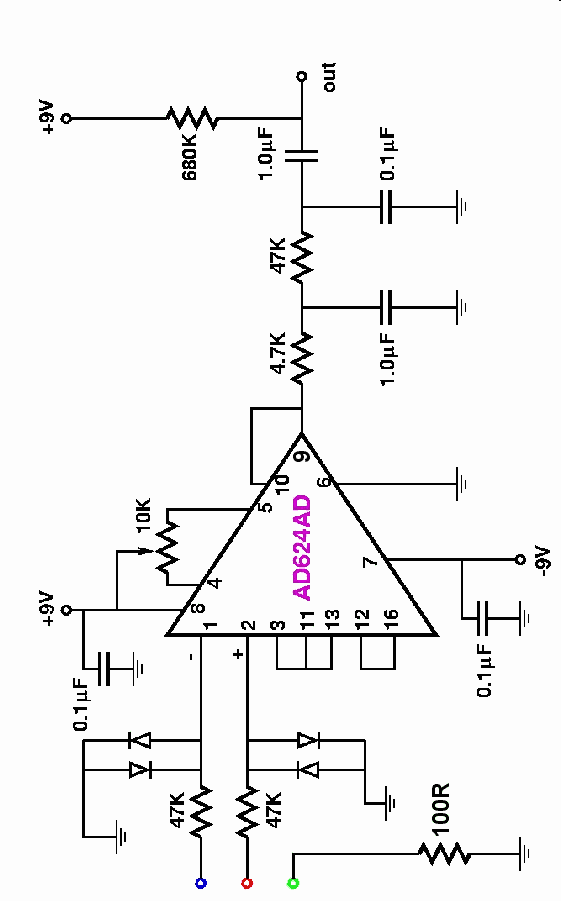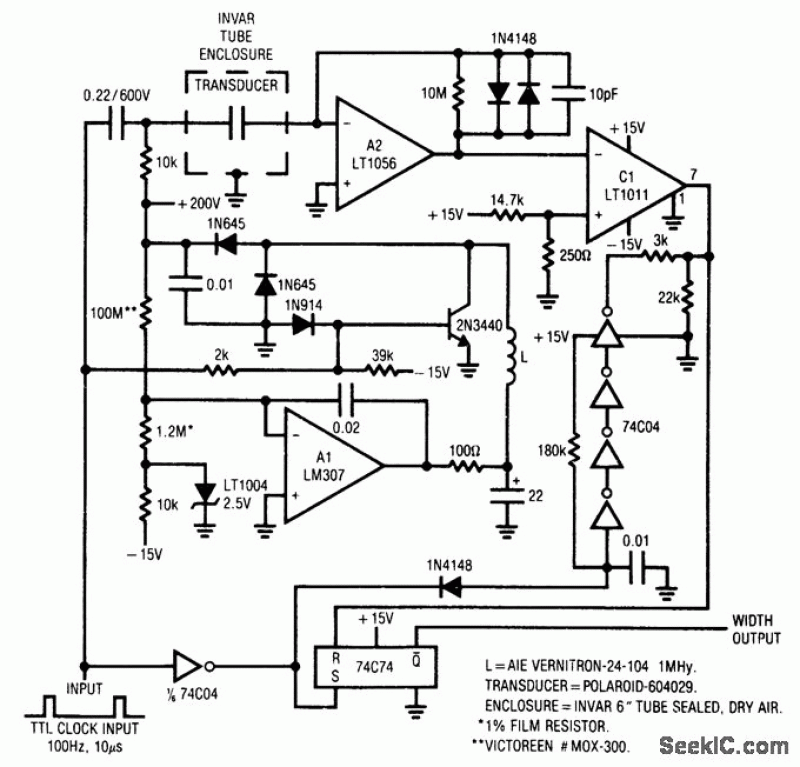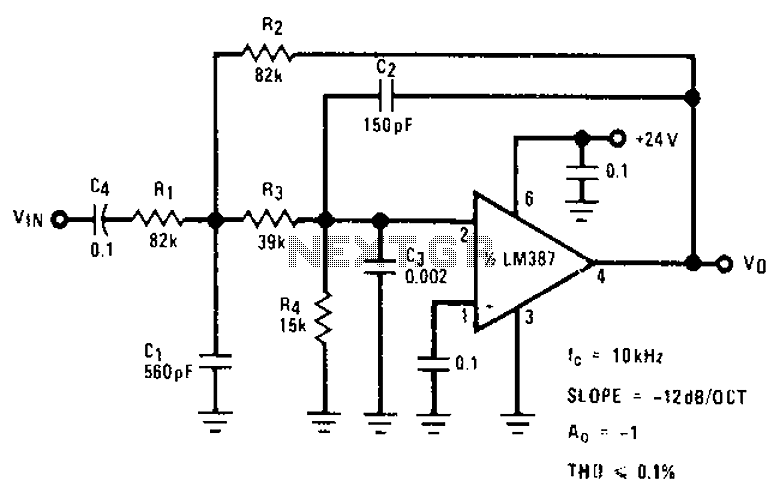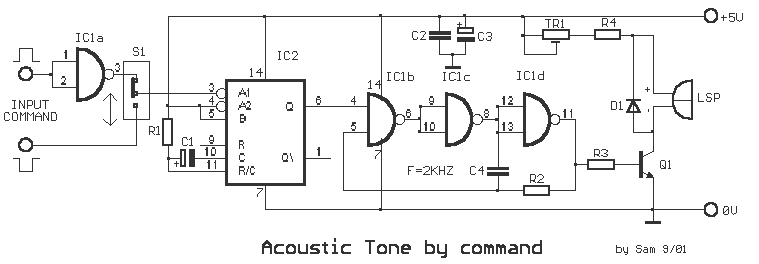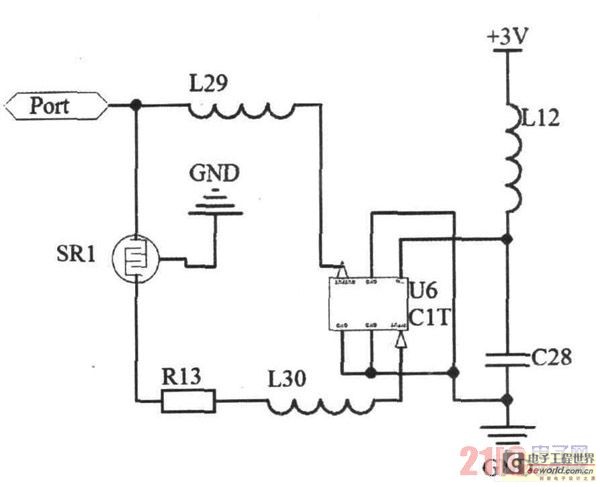
acoustic daq mathematica

For physical computing or amateur science projects, it is often necessary to transfer the output from a sensor or transducer to a computer. Various methods exist for achieving this, utilizing specialized data acquisition hardware and software. This particular method is considered traditional and requires only a standard laptop and a...
To facilitate the connection between sensors or transducers and a computer, a straightforward approach involves utilizing an Analog-to-Digital Converter (ADC) interfaced with a microcontroller or a single-board computer, such as a Raspberry Pi or Arduino. This setup allows for the conversion of analog signals from sensors into digital data that can be easily processed by the computer.
The typical configuration includes the following components:
1. **Sensor/Transducer**: This device generates an analog signal based on physical phenomena, such as temperature, light intensity, or pressure. Common examples include thermistors for temperature measurement and photodiodes for light sensing.
2. **Analog-to-Digital Converter (ADC)**: The ADC is crucial for converting the analog voltage levels from the sensor into digital values that can be interpreted by the microcontroller. The choice of ADC depends on the required resolution and sampling rate for the application.
3. **Microcontroller or Single-Board Computer**: A microcontroller (like an Arduino) or a single-board computer (like a Raspberry Pi) serves as the central processing unit. It receives the digital signals from the ADC, processes the data, and can communicate with a computer via USB or serial communication.
4. **Communication Interface**: This can be a USB connection, Bluetooth, or Wi-Fi, which allows the microcontroller to send the processed data to a computer. For example, using a USB cable, the microcontroller can emulate a serial port, allowing data to be transmitted directly to the computer's terminal or a specific application.
5. **Software**: On the computer side, a software application or script is required to interpret the incoming data. This could be a custom Python script using libraries like PySerial for serial communication or specialized data acquisition software that can handle the incoming data stream.
In summary, this traditional method of connecting sensors to a computer through a microcontroller and ADC is effective for various physical computing projects, providing a reliable way to capture and analyze sensor data without the need for specialized data acquisition hardware. This approach is ideal for educational purposes and prototyping in amateur science projects.For physical computing or amateur science projects, you often need to be able to get the output of a sensor or transducer into your computer. There are a lot of ways to do this with specialized data acquisition hardware and software. This method is pretty old school, and requires only a standard laptop and a.. 🔗 External reference
To facilitate the connection between sensors or transducers and a computer, a straightforward approach involves utilizing an Analog-to-Digital Converter (ADC) interfaced with a microcontroller or a single-board computer, such as a Raspberry Pi or Arduino. This setup allows for the conversion of analog signals from sensors into digital data that can be easily processed by the computer.
The typical configuration includes the following components:
1. **Sensor/Transducer**: This device generates an analog signal based on physical phenomena, such as temperature, light intensity, or pressure. Common examples include thermistors for temperature measurement and photodiodes for light sensing.
2. **Analog-to-Digital Converter (ADC)**: The ADC is crucial for converting the analog voltage levels from the sensor into digital values that can be interpreted by the microcontroller. The choice of ADC depends on the required resolution and sampling rate for the application.
3. **Microcontroller or Single-Board Computer**: A microcontroller (like an Arduino) or a single-board computer (like a Raspberry Pi) serves as the central processing unit. It receives the digital signals from the ADC, processes the data, and can communicate with a computer via USB or serial communication.
4. **Communication Interface**: This can be a USB connection, Bluetooth, or Wi-Fi, which allows the microcontroller to send the processed data to a computer. For example, using a USB cable, the microcontroller can emulate a serial port, allowing data to be transmitted directly to the computer's terminal or a specific application.
5. **Software**: On the computer side, a software application or script is required to interpret the incoming data. This could be a custom Python script using libraries like PySerial for serial communication or specialized data acquisition software that can handle the incoming data stream.
In summary, this traditional method of connecting sensors to a computer through a microcontroller and ADC is effective for various physical computing projects, providing a reliable way to capture and analyze sensor data without the need for specialized data acquisition hardware. This approach is ideal for educational purposes and prototyping in amateur science projects.For physical computing or amateur science projects, you often need to be able to get the output of a sensor or transducer into your computer. There are a lot of ways to do this with specialized data acquisition hardware and software. This method is pretty old school, and requires only a standard laptop and a.. 🔗 External reference
